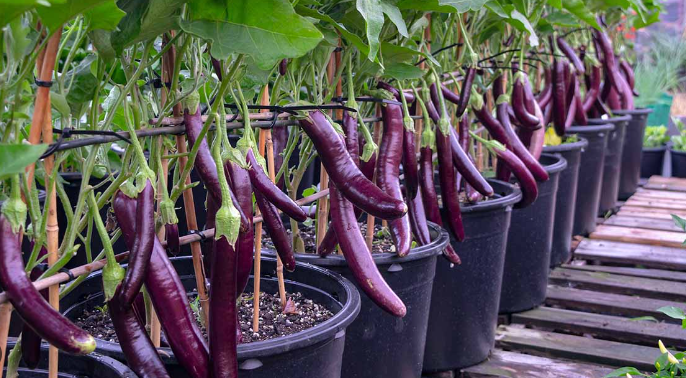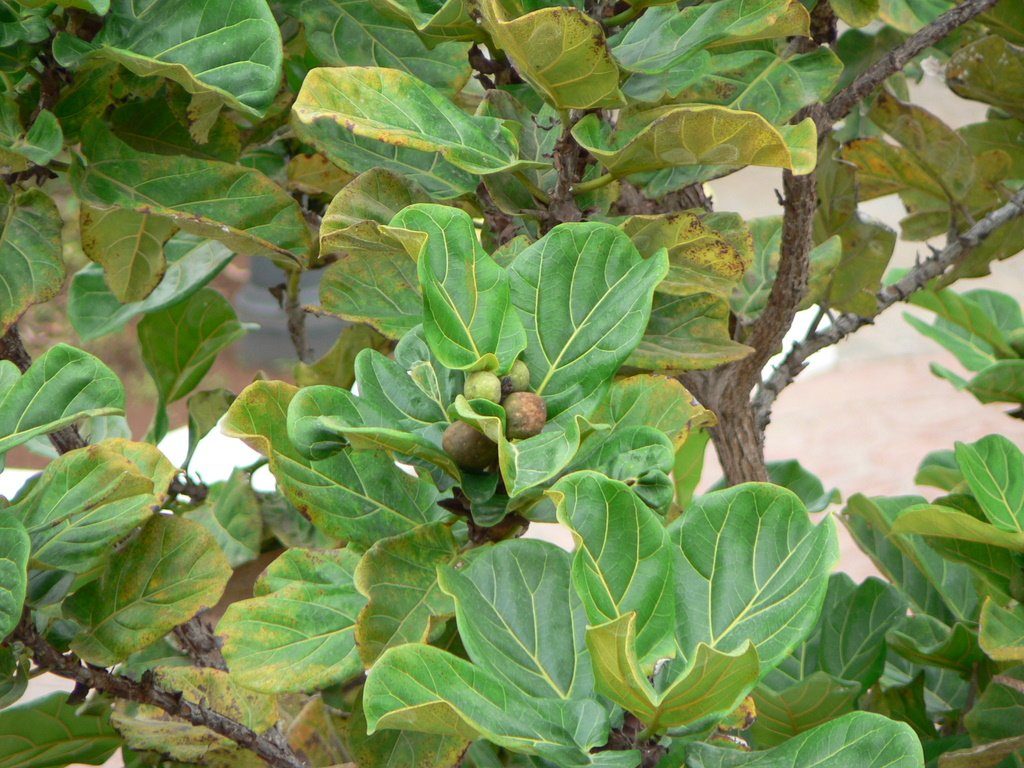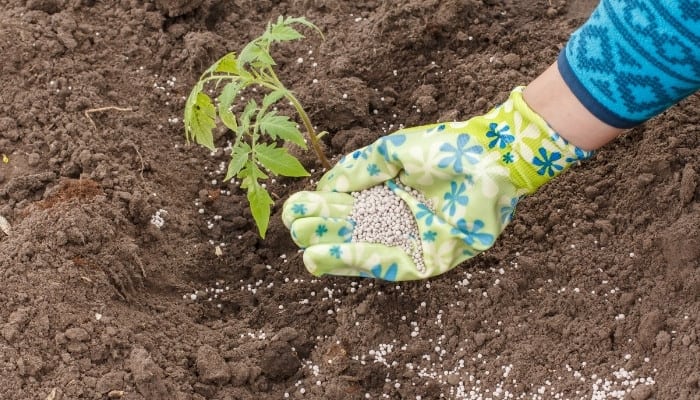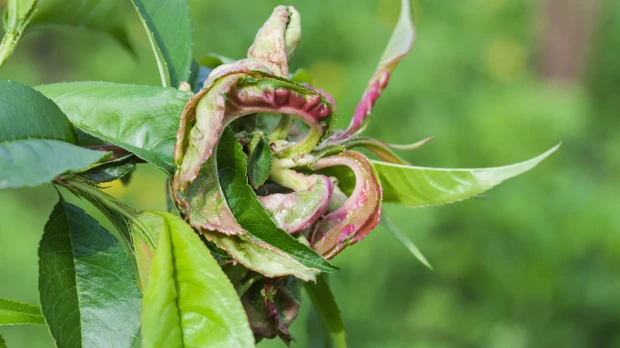Palm trees, which are part of the Arecaceae family, thrive in warm, tropical and subtropical areas all over the world. These trees are recognized by their tall, straight trunks and fan-shaped leaves that create a beautiful crown at the top. Their fruits are either berries or drupes, each with a hard seed at the center, surrounded by soft, tasty flesh. There is a huge variety of palm fruits that are good to eat, like the popular coconuts, dates, and acai berries, among others.
The fruits of palm trees grow in big bunches just under the leaves. They come in all sorts of shapes, textures, flavors, and colors depending on the type of palm tree. The outside of these fruits is hard and it protects the fleshy part inside, which can either be fiber-packed like in coconuts or more pulpy and soft. Palm fruits are packed with good stuff for your body like essential fats, fibers, vitamins, antioxidants, and minerals. People eat them fresh, turn them into jam, press them for oil, or use them to add flavor to drinks. Palm fruits are important in many people’s diets around the world.
Table of Contents
The Many Looks of Palm Fruits
Each kind of palm fruit is unique. Here’s what makes them special:
- They grow best in places that are warm and humid.
- Palm fruits are usually classified as berries or drupes with a sturdy seed in the middle.
- They have tough outer skins to keep the inside safe.
- The inside can be either juicy and tender or dense and fibrous, like what you find in coconuts.
- Their flavors can be quite tangy and tart or super sweet, depending on the fruit.
- When they ripen, they turn colors like orange, purple, black, brown, or yellow.
- The fruit clusters usually hang below the palm leaves or may grow on separate branches.
Discovering 10 Common Palm Tree Fruits
From the Canary Islands to the beaches of California, palm trees have been a beloved feature in landscapes for a very long time. Modern science has identified more than 2,500 species of palms. Each of these species bears fruits that are different from one another. Let’s explore some of the most well-loved types of palm fruits.
1. Coconut

Coconut palms give us big, brown, oval fruits with hairy, tough husks. The tasty, white flesh inside along with the coconut water is beloved all over the world. You can enjoy the fresh flesh, dry it into copra for further use, grind it into flour, or even squeeze it for milk. Coconut milk and cream are amazing for adding depth and creaminess to curries and sweets, or as a dairy alternative in vegan recipes. Toasted shredded coconut is also great for adding texture and flavor to dishes.
2. Date

Date palms have long strands of sweet, chewy, yellow-brown fruits. These fruits, when dried, turn into a delicious treat that can be eaten as a snack or used in various desserts. Due to their natural sugars, dates provide a burst of energy. There are many varieties, like the smaller Deglet Noors or the bigger, softer Medjools. Dates can also be filled with creamy cheese or crunchy almonds for a tasty snack.
3. Açaí
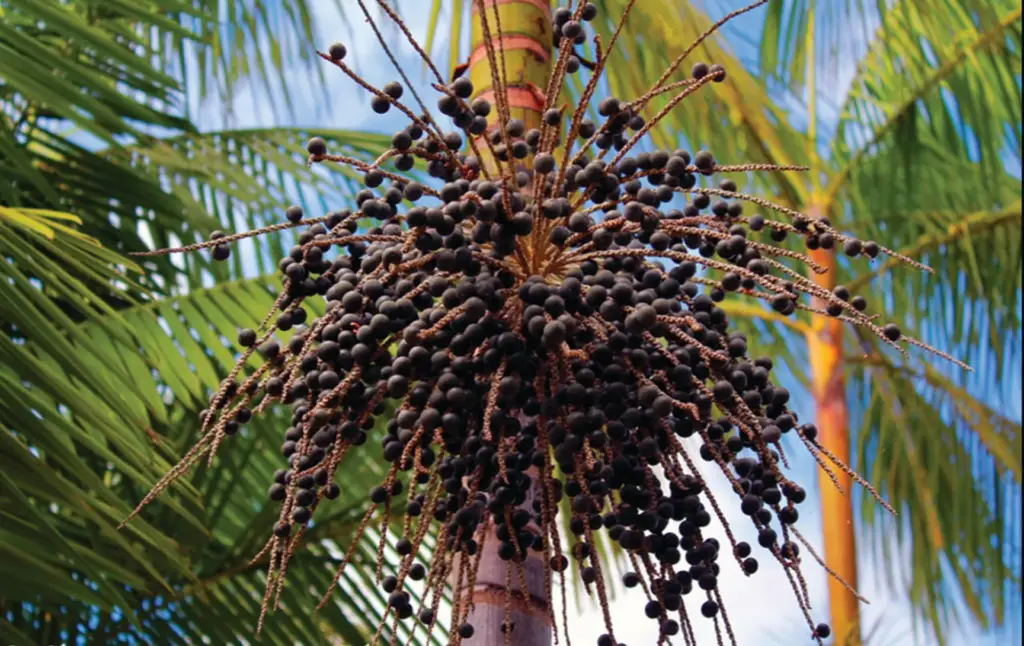
Açaí palm trees bear tiny, dark purple fruits that cluster densely together. Each açaí berry has a large seed inside, surrounded by rich, juicy flesh. People love eating açaí berries fresh or using the freeze-dried powder in a variety of foods and smoothie bowls. Açaí is well-known for its deep, rich taste and high levels of antioxidants. This fruit is particularly famous and consumed often in Brazil.
4. Betel Nut

Betel nut palms produce fruit that comes in bunches, each a round fruit covered in a fibrous casing. Inside, the seed known as a betel nut has a strong taste and can be chewed for its warming effect, which is a traditional practice in parts of Asia. However, it’s good to know that regularly chewing betel nuts is harmful and can cause cancer. People also use these fruits for making drinks, traditional medicine, and natural dyes.
5. Peach Palm
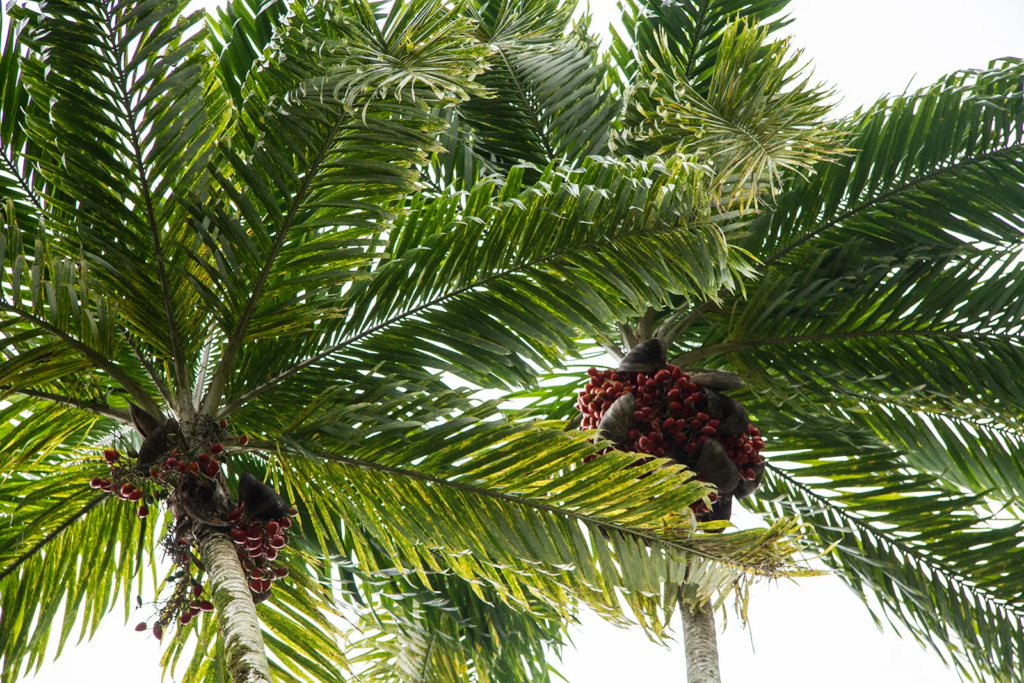
Peach palm trees produce fruits that are similar to peaches, with orange flesh on the inside. The pulp tastes like a blend of apricot, pumpkin, and nuts, and is both juicy and delicious. Peach palms do well in tropical climates and their fruits can be eaten in many ways – raw, roasted, turned into beer, or ground into a type of flour. They are a good source of vitamins and minerals, too.
6. Jelly Palm

The jelly palm gets its name from the green, grape-sized fruits it produces. These fruits have a sort of jelly inside that’s clear and full of liquid. Although they’re not very sweet, they taste a bit like grapes or apples and have a tender texture. They’re a great addition to salads, drinks, and sweet dishes.
7. Palmyra Palm

Also known as Toddy palms, these palms offer fruits that look like coconuts. Inside the fruit, there is a clear, jelly-like pulp that is soft and can be scooped out to eat fresh. Palmyra fruits are enjoyable and have a unique texture that makes them special.
8. Pindo Palm

Pindo palm trees give us small to medium-sized fruits that are orange-yellow, similar to dates. These fruits, which you can eat right after picking, taste like a mixture of pineapple, apricot, and vanilla. Not only can you enjoy them fresh, but you can also dry them or turn them into jams or delicious drinks like beer, wine, or even vinegar.
9. Acrocomia Palm

The Acrocomia palm bears yellow-orange fruits with a pulpy interior that reminds you of coconut. You can squeeze this pulp to get macaúba oil, which is aromatic and great for cooking and even making biofuel. Besides being tasty, these fruits are packed with antioxidants, including vitamin A and beta carotene, which are great for your health.
10. Salak Palm
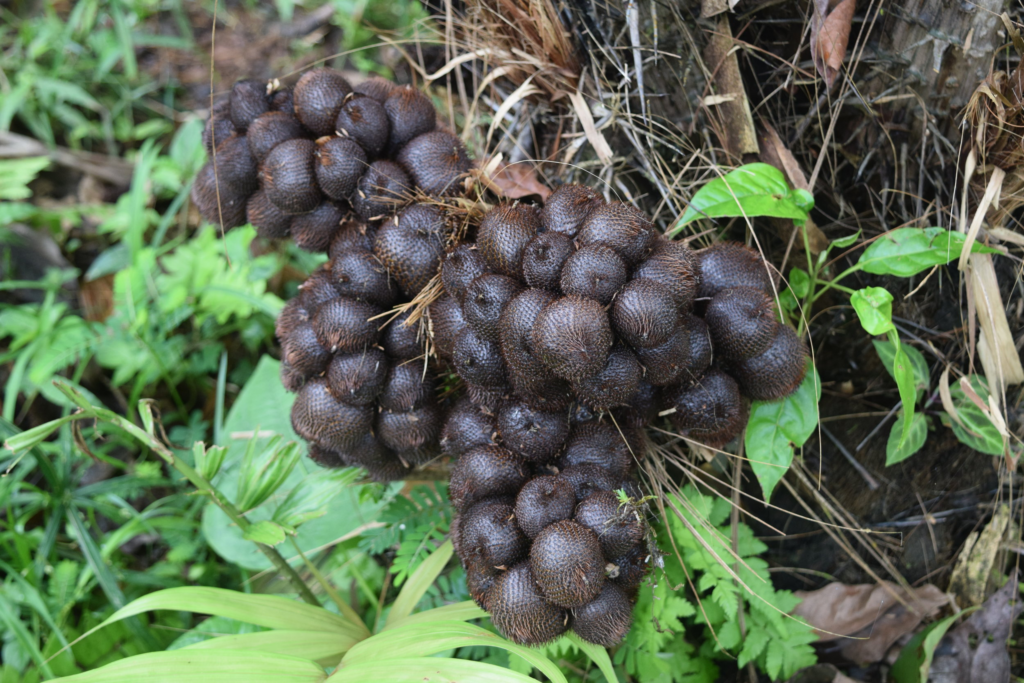
The Salak palm is known for its snakefruit, which is common in Southeast Asia’s tropics. Protected by a scaly reddish-brown skin, the sweet, creamy flesh inside tastes like pineapples, apples, and bananas. You can eat Salak as a snack or use it in different ways, like making jams or adding a tropical twist to drinks and dishes.
Conclusion
Palm trees are amazing because they grow so many types of tasty and interesting fruits. Some well-known palm fruits are coconuts, dates, and acai berries. These fruits are good for you, packed with important vitamins, minerals, and things that help your body defend against illness.
It doesn’t matter where you live, you can try these fruits from palm trees by finding them at your nearest market or grocery store. Try adding these special, healthy fruits to your meals and enjoy the tropical tastes they bring.
